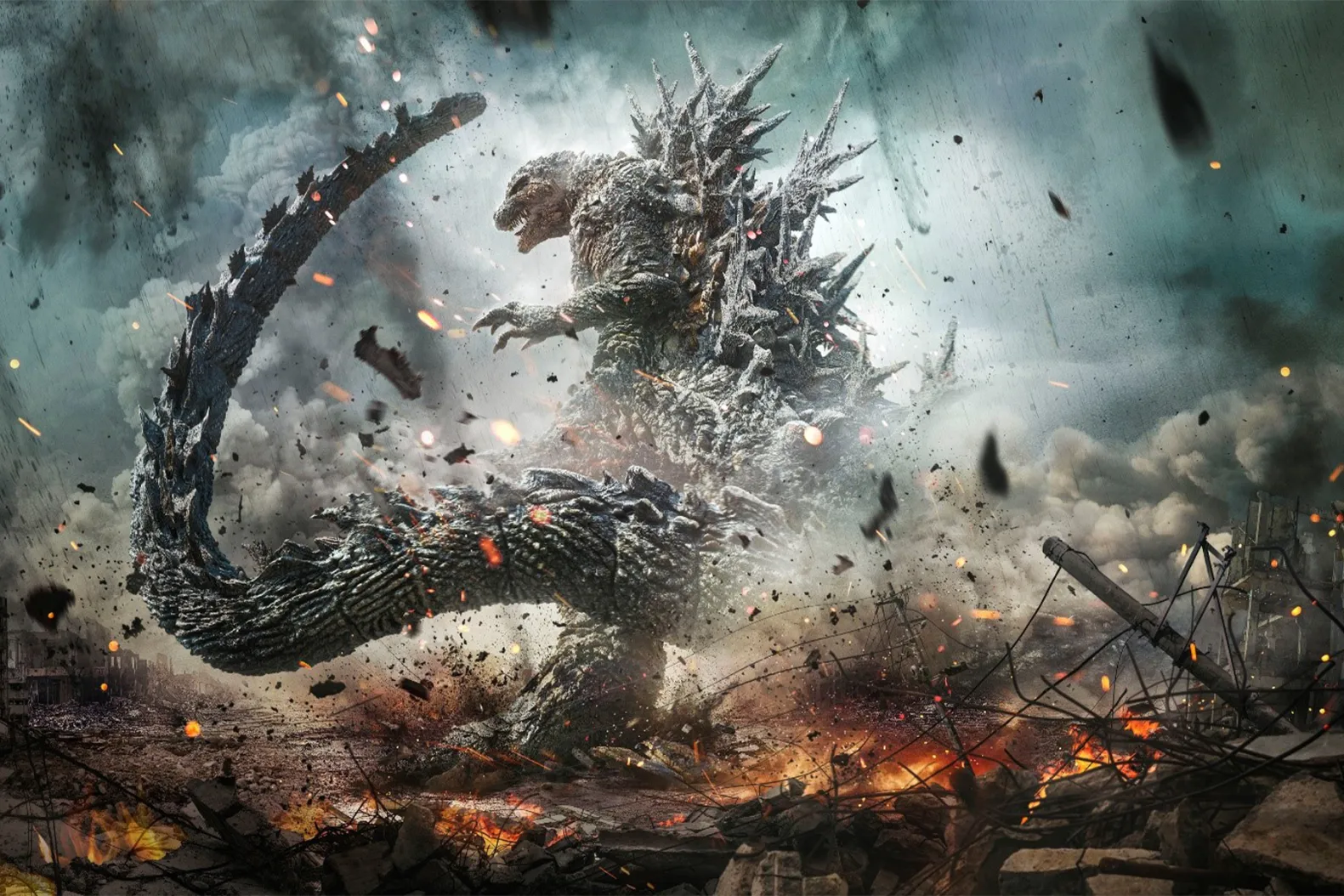Godzilla Minus One Movie Discussion and Explanation. I wasn’t going to watch Minus One in the theater. It was a pretty easy decision actually, even though I happen to be the king of Godzilla weirdness. (If you don’t know, I have been photo-shopping Godzilla into old school, historic photos for years now.) Bottom line? I just didn’t think it’d be an innovative approach. Wasn’t sure why, just wasn’t feeling it. And sure enough – a few of the people I went to see it with actually thought it was the original Godzilla 4k’d or something.
But I will say this. I was struck again, by just how much the Godzilla lore is rooted in the intricate details of the Japanese, World War II experience. The blood guilt? The global judgement maybe? And that? That I found interesting. So, let’s get to it shall we? But if you haven’t seen the movie yet, please don’t continue on past the trailer.
Survivor’s Guilt, Kaiju Style
The movie opens with a Kamikaze pilot that has abandoned his scheduled appointment with death. Kōichi Shikishima, our pilot, survives a run in with Godzilla where he AGAIN abandons a chance at the heroic option. Which, truth be told, is a repetitively hammered home refrain. Got it. So when is Kōichi going to die to save his country? In the chaos of Godzilla’s chaos, he pairs up with a woman and a child, and they attempt to stay alive together. There he takes a job mine-sweeping the sea, attempting to make the waterways safe again after WWII. But ultimately, what we keep coming back to is his survivor’s guilt. He has nightmares. He can’t stop thinking about his failed kamikaze runs. Trust me, they hammer this idea home again and again.
Kaiju Therapy Plans: Freon Tanks and Balloons?
Eventually, it’s realized that Godzilla isn’t going away. In fact, as the military continues to pound it, it continues to get bigger and stronger. In fact, it’s like the monster goes into nuclear over-react mode overdrive. Blue spikes grow from his back. And his death ray obliterates anything in its path. It’s a not so subtle atom bomb part 2. Which is where Kenji Noda comes in, he has a genius plan… a plan to sink Godzilla deep into the ocean, and then to rapidly rise him again – a case for destroying him with water pressure changes.
Shikishima’s Revenge: The Kamikaze Comeback
Amidst all this kaiju psychotherapy, Shikishima decides he’s had enough. Vowing revenge against Godzilla, he recruits Tachibana to fix a broken-down fighter plane. Why? Well, he wants to fly into Godzilla’s mouth and detonate a bomb from the inside. It’s kamikaze 2.0, but this time, it’s personal. I couldn’t decide whether to cringe or applaud Shikishima’s audacity. The climax: Shikishima flies into Godzilla’s mouth, remembers something about an ejection seat, and kaboom! Godzilla’s head explodes, its body tears apart, and Shikishima parachutes down – because if you’re going to confront your wartime guilt, might as well do it in style.
In conclusion, Godzilla Minus One isn’t your run-of-the-mill monster movie. It’s a therapeutic Japanese journey through postwar guilt, with Godzilla as the larger-than-life counselor and Shikishima as the patient in a kamikaze midlife crisis. The film’s brilliance lies not just in its visual effects and direction but in its ability to make you chuckle awkwardly while tackling profound themes.
So, did I enjoy Godzilla Minus One? Not in the way one typically enjoys a movie. But did it make me think? Absolutely. As the credits rolled I couldn’t help but appreciate the film’s audacity. Godzilla, the therapist we never knew we needed, takes a bow, and postwar Japan continues its cinematic journey of grappling with its post war guilt all while on Godzilla’s counselor couch.
Edited by: CY

